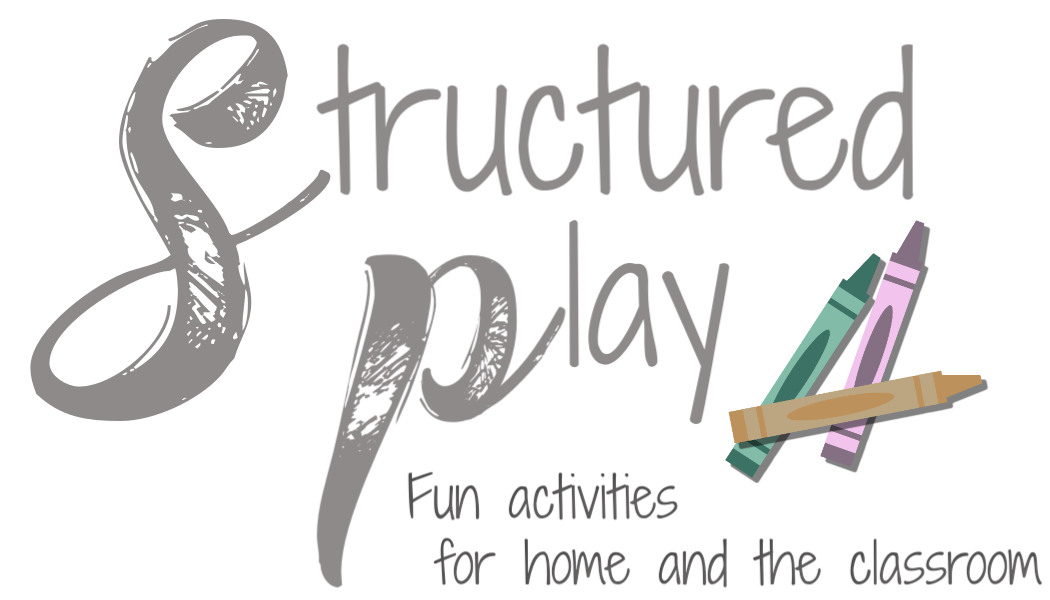Jacob is 28 months old and not quite ready for Concentration. Other toddlers may very well be ready for a game of Concentration (also known as Memory) but he is not, at least not the traditional way of playing.

Concentration is a great game for kids to play to build memory and observation skills. Not to mention the basic skills games teach; patience, taking turns and being a good winner/loser. I saw cute erasers at the Dollar Store that came in a package of 12 with 6 different designs. I turned them upside down and put them into rows and columns.
Jake saw these on the table and wanted to come check them out right away. He wanted to flip them over. I let him flip one over and we talked about it. I made sure to point out details in the shape of the eraser in hopes that he would learn to keep an eye on details. Yes, this is giving it away but this is a modification to the game and a way to teach the game. I then told him to look at the shapes of the erasers to see if he could find another gingerbread man. He quickly chose the eraser next to the gingerbread man without looking. It was a snowman and not a match. I told him we needed to turn them both over and that I got a turn next. He was not happy about this and didn't really understand so I quickly took my turn making a match to show him what was expected but then giving him his chance to go again.
He flipped over an eraser and I stopped him from picking his second. I told him to pick up the one he chose and to look at it carefully. I asked him to tell me what he saw. I got the basic descriptions then asked for more detail. I told him to choose an eraser that had the same shape.
Look at that face! He was quite excited to find the match! Then wanted more! I explained that he needed to give me a turn too. This is where it went terribly wrong! He was not happy about having to take turns. He gave me a look and walked away from the game completely. He checked out! I did not want him to walk away or to stop playing but he wouldn't come back. I had to "order" him to come back. This is the first time in our Structured Play time that I put my foot down and told him to play something. I usually allow him to lead the way. I provide activities but let his interest and mood for the day chose what he wants to do. I do this because it is Structured Play, Play being the operative word! But as he gets older I feel I need to make sure he is finishing what he starts, learning rules and building on skills.
He came back and I took my turn. He then took his turn and the game went on as it should. I was very happy that he was able to come back and finish the game. He was too! He really enjoyed it! After we were finished he went and picked up a book to read leaving the game. Since the game was over I let him move on to the next activity. I did set up the erasers on the table for another game but just left them there.
He eventually went back over to the table and wanted to play again. This time he knew just what to do and looked at the shapes carefully before choosing his pair. He waited for me to take my turn and was happy for me when I made a match. I was very pleased with the success he showed after just playing one time! This was a great way to introduce Concentration and with continued practice we will quickly be able to move to the next step, following the traditional Concentration rules.








I have been working with Monkey on this game for a while. I pick a few memory cards and their matches then leave them right side up and ask him to find a match...he will find the first match but then lose interest. How do you keep a child so young interested in anything more then 2 minutes? That is where my struggle lies.
ReplyDeleteI have the same problem! I try to be VERY enthusiastic and to keep things moving quickly to ensure engagement. I always play too to show him how much fun I am having. He likes me to be involved. I also limit the pieces. I have a game of color Concentration that I have been trying to get him to play for the longest time. This worked much better! I think it worked better because he could see the shapes of the erasers. We will get to the color concentration some day! :)
ReplyDeleteThis is a GREAT variation on memory--nice work! I love how you left it out for him too!
ReplyDeleteCarla @ Whole Child Creative Curriculum